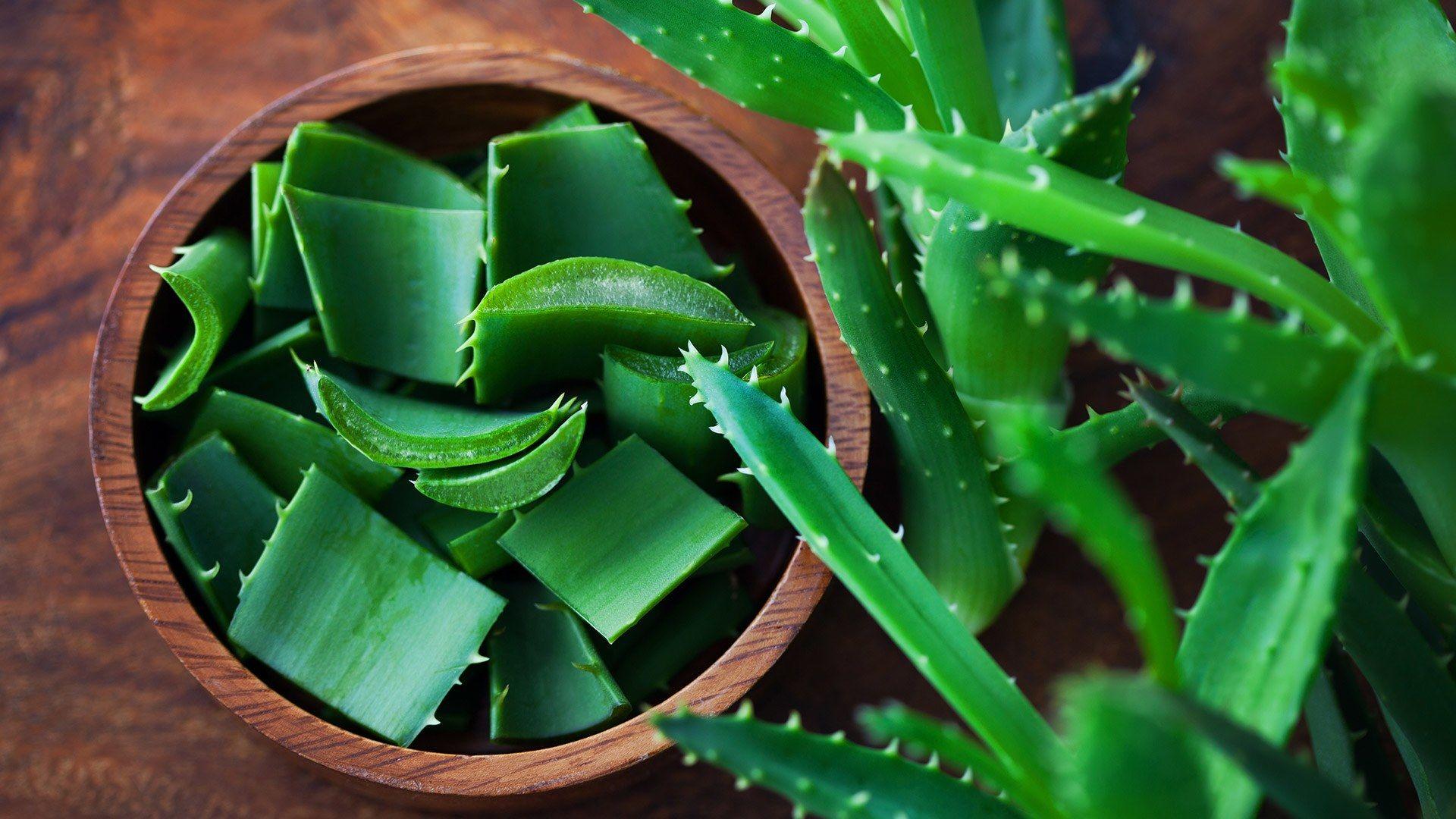
Introduction
Aloe vera, also known as Aloe barbadensis, is a medicinal plant with multiple uses. It belongs to the Liliaceae family and is native to Eastern and South Africa. The plant is widely cultivated in various parts of the world due to its adaptability and economic importance.
Botanical Classification
- Botanical Name: Aloe vera or Aloe barbadensis
- Family: Liliaceae
- Origin: Eastern and South Africa
- Plant Parts Used: Leaves, roots, seeds
Uses of Aloe Vera Aloe vera has a broad range of medicinal and industrial applications:
Medicinal Uses:
-
- Acts as an anthelmintic, used for treating helminthiasis in children.
- Used as a purgative to relieve constipation.
- Applied locally to soothe painful inflammations, chronic ulcers, and ophthalmic conditions.
- The juice is used for treating flatulence, abdominal tumors, piles, sciatica, and lumbago.
- Beneficial in curing skin diseases and uterine disorders.
Cosmetic Uses:
-
- Widely used in skin care products due to its moisturizing and healing properties.
- Used in hair care products for scalp nourishment and hair growth.
Industrial Uses: Extracts are used in the pharmaceutical and food industries for health supplements and beverages.
Soil Requirements
- Aloe vera is a hardy crop that can be grown in a variety of soil types.
- It thrives best in sandy coastal and loamy soils with good drainage.
- The ideal soil pH range is up to 8.5.
- Waterlogged and problematic soils should be avoided.
Climate Requirements
- Aloe vera is widely adaptable and can be cultivated across different climatic zones.
- It prefers desert and dry conditions with a hot and dry climate.
- The ideal annual rainfall requirement is 35-40 cm.
Varieties of Aloe Vera
Some of the commonly grown varieties include:
- IC-111266
- IC-111267
- IC-111271
- IC-111273
Propagation Methods
Aloe vera is propagated through:
- Root Suckers: Healthy root suckers of 15-18 cm length are selected.
- Rhizome Cuttings: Rhizome cuttings of similar length are used for planting.
- Seed Propagation: A nursery is raised through seeds, and one-year-old seedlings are transplanted in the field.
Land Preparation and Planting
- The field should be ploughed 3-4 times to bring the soil to a fine tilth.
- 15-20 tonnes of Farm Yard Manure (FYM) should be incorporated into the soil before planting.
- Planting is done in flat beds or ridge and furrow systems.
- The recommended spacing is 60 × 30 cm or 60 × 45 cm.
- During planting, 2/3 of the sucker or cutting should be buried in the soil.
Manuring and Fertilization
The following fertilizer application is recommended per hectare:
- Nitrogen (N): 50 kg
- Phosphorus (P₂O₅): 25 kg
- Potassium (K₂O): 25 kg
Irrigation Management
- Aloe vera is drought-resistant and requires minimal irrigation.
- One irrigation should be provided immediately after planting.
- During the summer, 4-5 irrigations should be given at an interval of 15-20 days.
Weed and Pest Management
- Weeding should be done periodically to prevent competition for nutrients.
- Common pests include Aphids, Mealybugs, and Mites.
- Pest control can be managed using organic methods like neem oil or biological control agents.
Harvesting
- Harvesting is done manually using a sickle or mechanically using a tractor.
- The first harvest is done 8-12 months after planting.
- Commercial harvesting starts from the second year and continues up to five years.
Yield The average yield of fresh Aloe vera leaves is 10,000-12,000 kg/ha.

